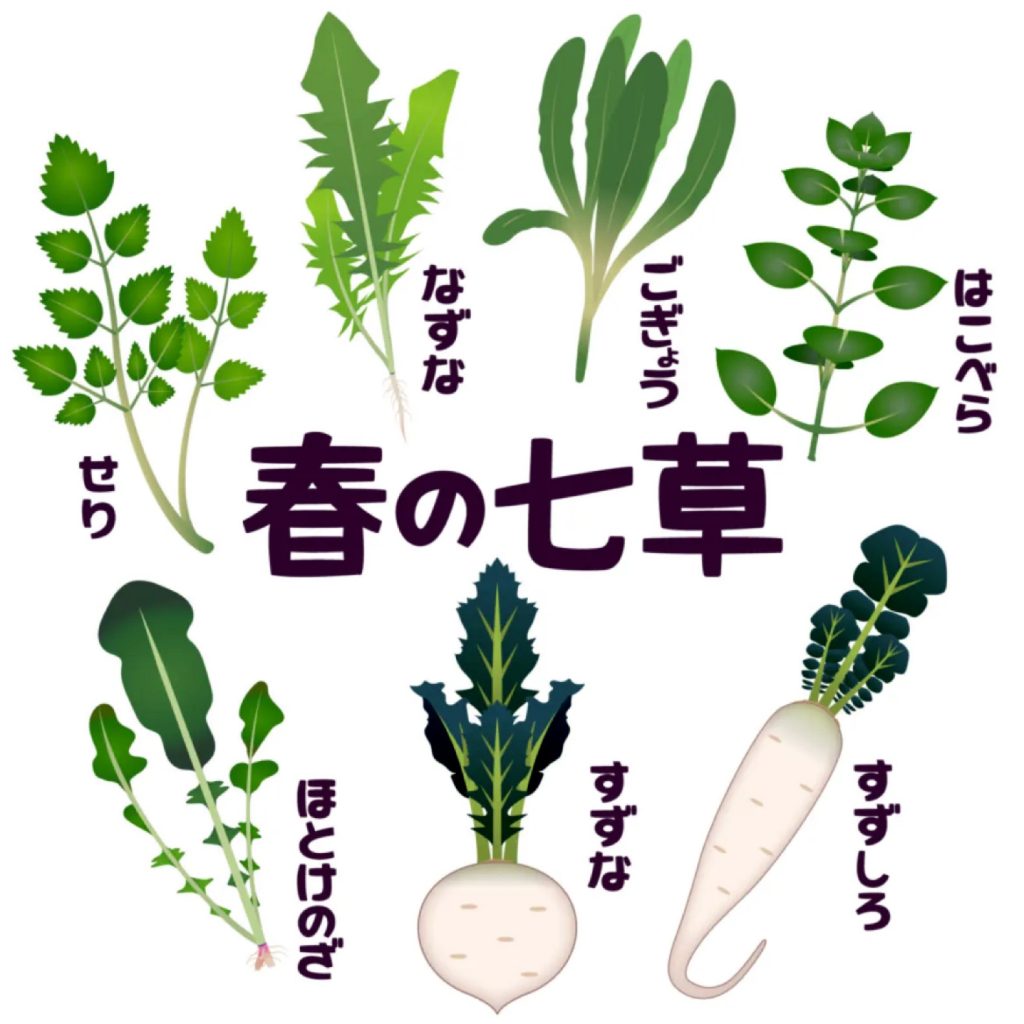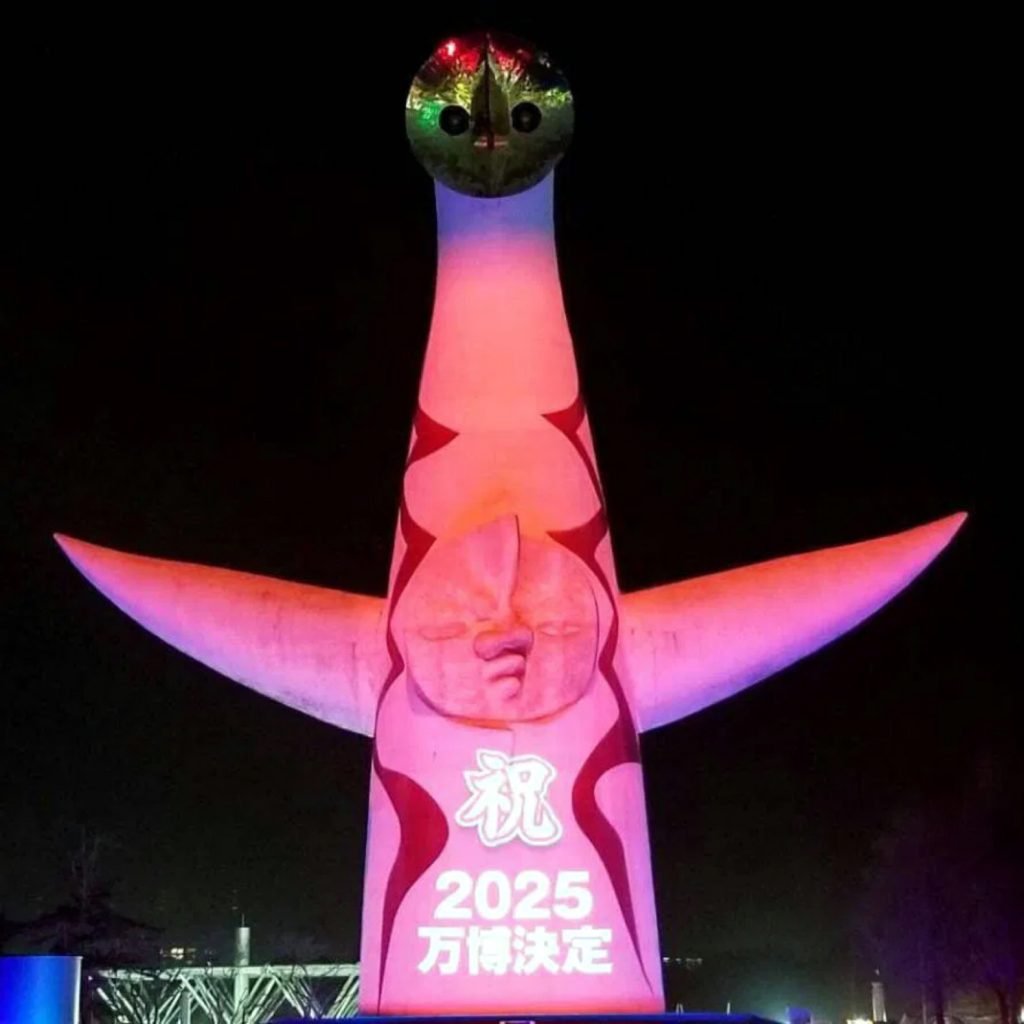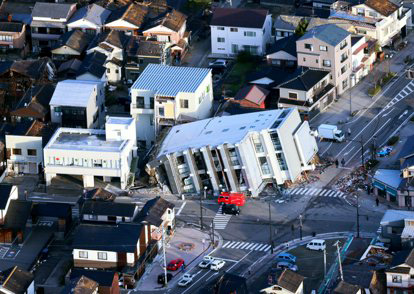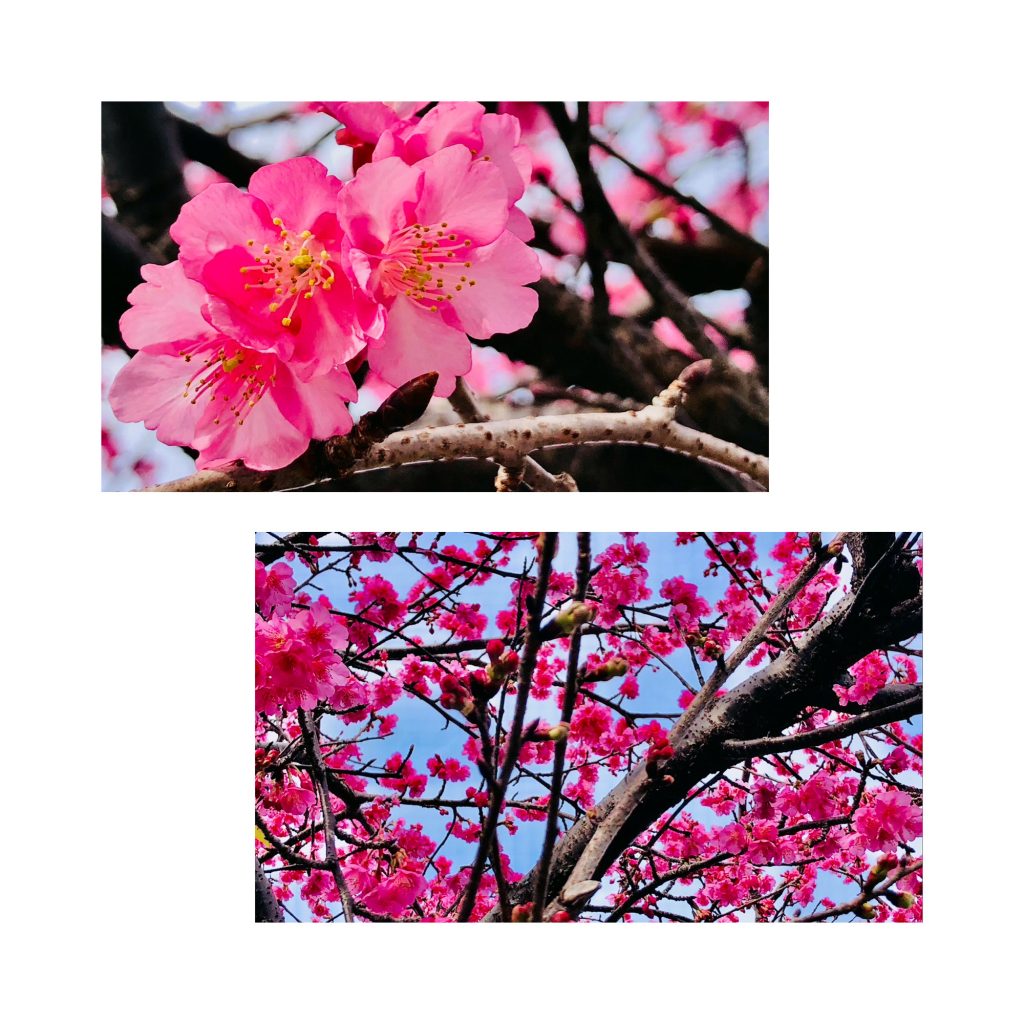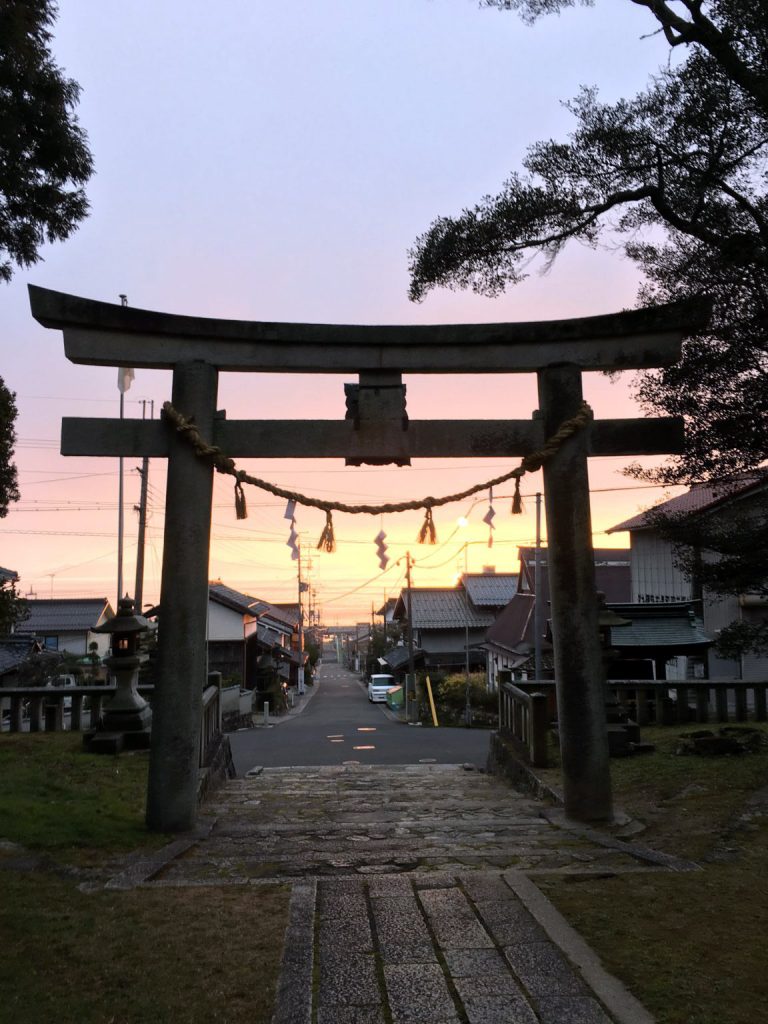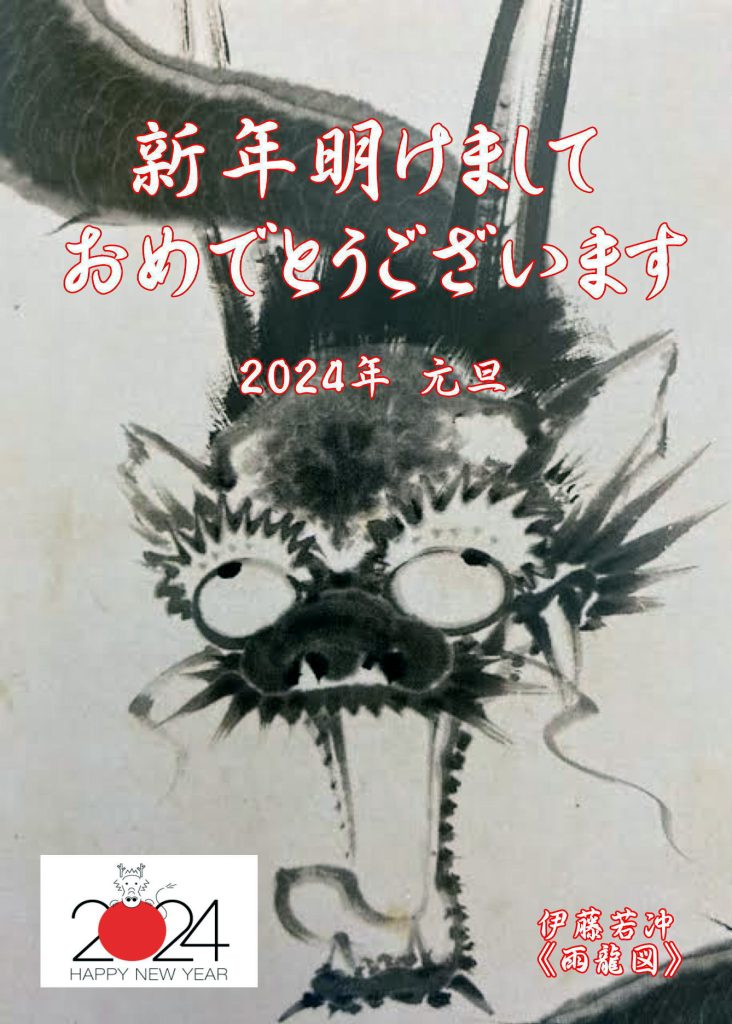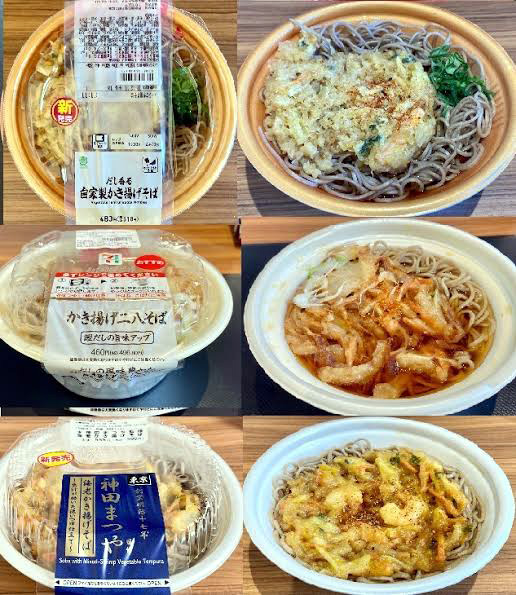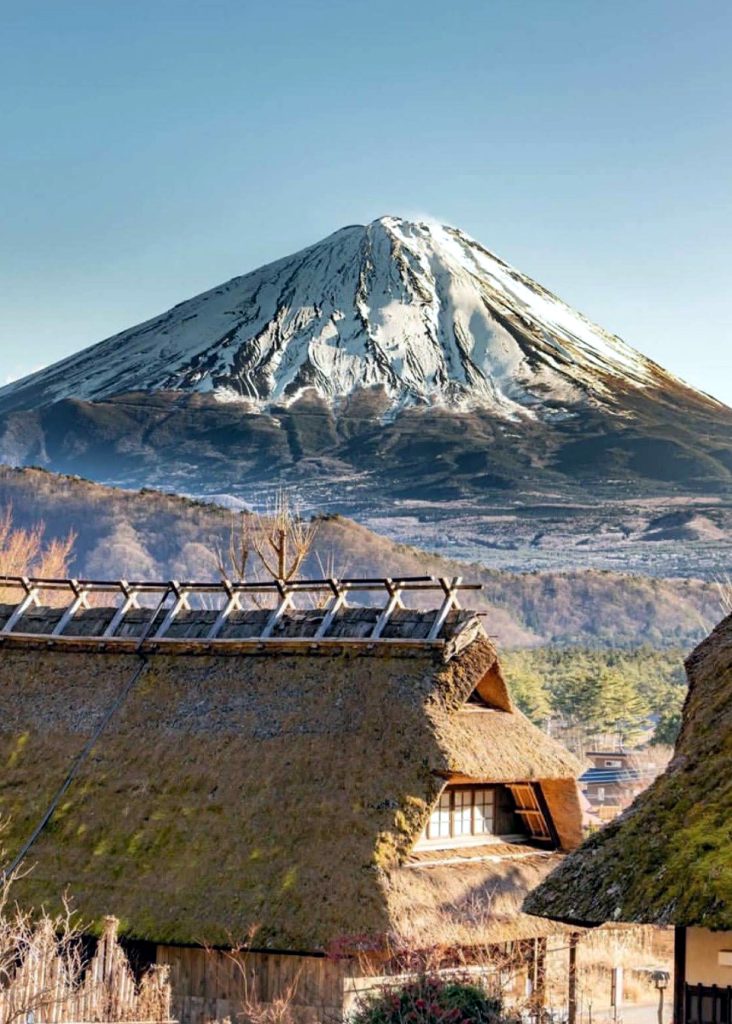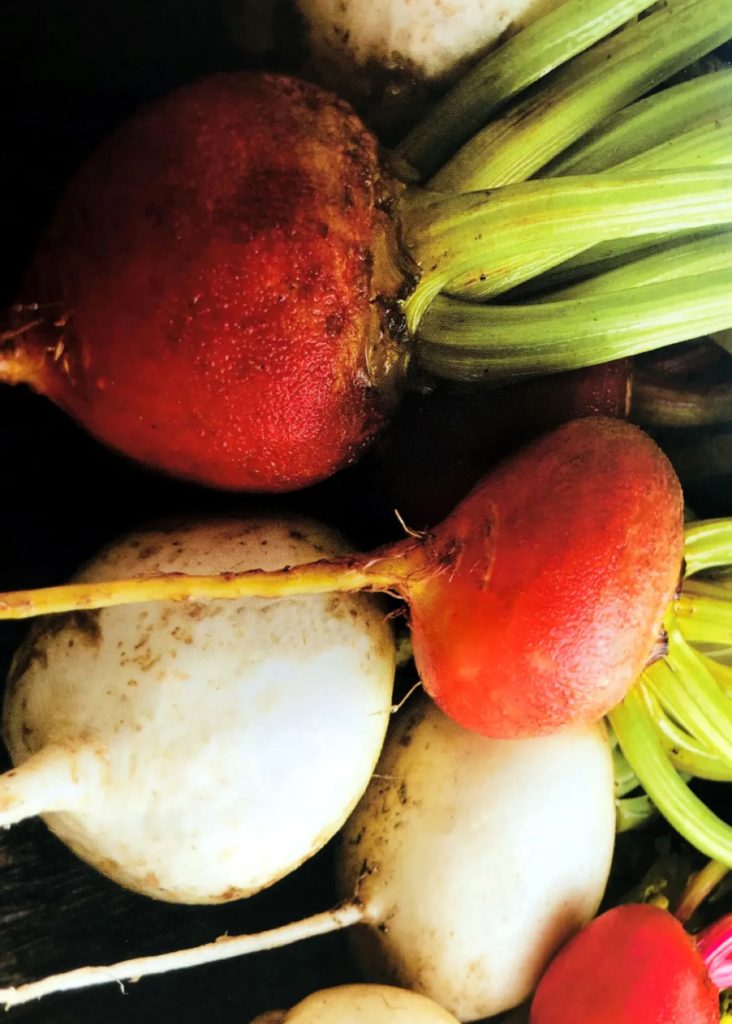
When it comes to Coming of Age Day, January 15th is ingrained in my mind, so I didn’t realize today was the day until I checked the calendar. This change was brought about by the ‘Act to Amend Some Laws Concerning National Holidays’ enacted in 1998, known as the Happy Monday System. Under the Happy Monday System, holidays were moved to Mondays for an extended weekend. The affected holidays are as follows:
・Coming of Age Day: January 15th → 2nd Monday of January
・Marine Day: July 20th → 3rd Monday of July
・Respect for the Aged Day: September 15th → 3rd Monday of September
・Health and Sports : October 10th → 2nd Monday of October
The significance of the Happy Monday System is to make it easier for people to take consecutive days off, combining weekends with holidays, to allow the citizens to spend meaningful and leisurely time, realizing a rich and fulfilling life.
However, there is an issue with ‘Coming of Age Day.’ Due to the amendment to the Civil Code in April 2022, the age of adulthood was lowered from 20 to 18. Nevertheless, many municipalities continue to hold coming-of-age ceremonies for 20-year-olds, and some are even considering reverting to the age of 20 for those affected by the change. The reason behind this is that there is no legal provision governing coming-of-age ceremonies; each municipality decides on the age and whether to hold the ceremony. Many municipalities continue to celebrate coming of age at 20, not just to mark the ‘beginning of adult life’ and encourage a sense of adulthood but also as an opportunity for ‘reunions.’ However, a concerning aspect is that the number of individuals turning 18 on New Year’s Day in 2024 was 1.06 million (550,000 males and 520,000 females), a 40% decrease from the peak in 1970, setting a new record low.
成人の日といえば1月15日と頭に焼き付いているので、今日がその日だということはカレンダーを見るまで気づきませんでした。これは1998年に制定された「国民の祝日に関する法律の一部を改正する法律」による変更で、ハッピーマンデー制度と呼ばれています。ハッピーマンデー制度により、月曜日に移動することになった祝日は以下の通りです。
・成人の日:1月15日 → 1月第2月曜日
・海の日:7月20日 → 7月第3月曜日
・敬老の日:9月15日 → 9月第3月曜日
・スポーツの日:10月10日 → 10月第2月曜日
このハッピーマンデー制度の意義は、週末と祝日を合わせて連休を取得しやすくすることで、国民が余暇を有意義に過ごし、豊かでゆとりある生活を実現することを趣旨としているそうです。
この中で問題は「成人の日」です。2022年4月の民法改正で、成人年齢が20歳から18歳に引き下げられました。ところが多くの自治体は成人式の対象年齢を20歳のままにしており、対象年齢を引き下げた自治体にも対象を20歳に戻す動きが出ているそうです。その理由は、成人式が法律による規定はなく、開催の有無や対象年齢は各自治体がそれぞれ判断しているからです。多くの自治体が20歳で成人式を開催するのは、成人式を「人生の門出を祝う」「成人としての自覚を促す」場としてだけでなく「同窓会の機会」と位置づけているためのようです。ただ心配なのは、24年の元日を18歳で迎えた人は106万人(男性55万人、女性52万人)と、ピーク時(1970年)の246万人に対し、24年は約4割に減少し、過去最低を更新したことです。

